Patrick Roberts' Jouvay mas a ballet on Trinidad and Tobago's streets
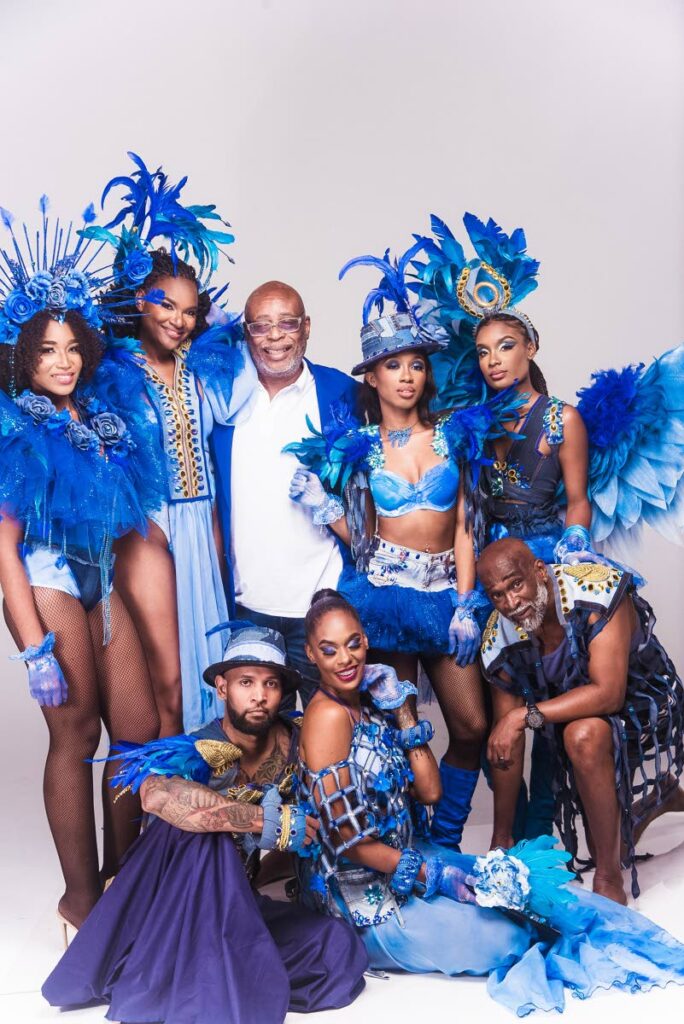
Well-known designer and author Patrick Roberts, 65, hopes to publish a book about aspects of Carnival to leave a legacy.
But he has also been doing that through his popular medium band, Image Nation. He designed the band’s 2024 presentation, Jouvay – the Ballet of Life. He said it was not European-style ballet, but the "ballet" seen on Trinidad and Tobago’s streets every year in the movement of Carnival characters like the Bat.
He has been designing for the past 44 years and is also the author of Iron Love: A book of Desperadoes Steel Orchestra.
He will publish another manuscript in November called Jouvay, written while he worked on Image Nation’s 2024 designs. Roberts also said he would shortly publish Iron Love Forever, a fictional story about a pan side set in the 1960s.
He was born, raised and still lives at Laventille Road, Port of Spain, and has seen some of the evolution of mas.
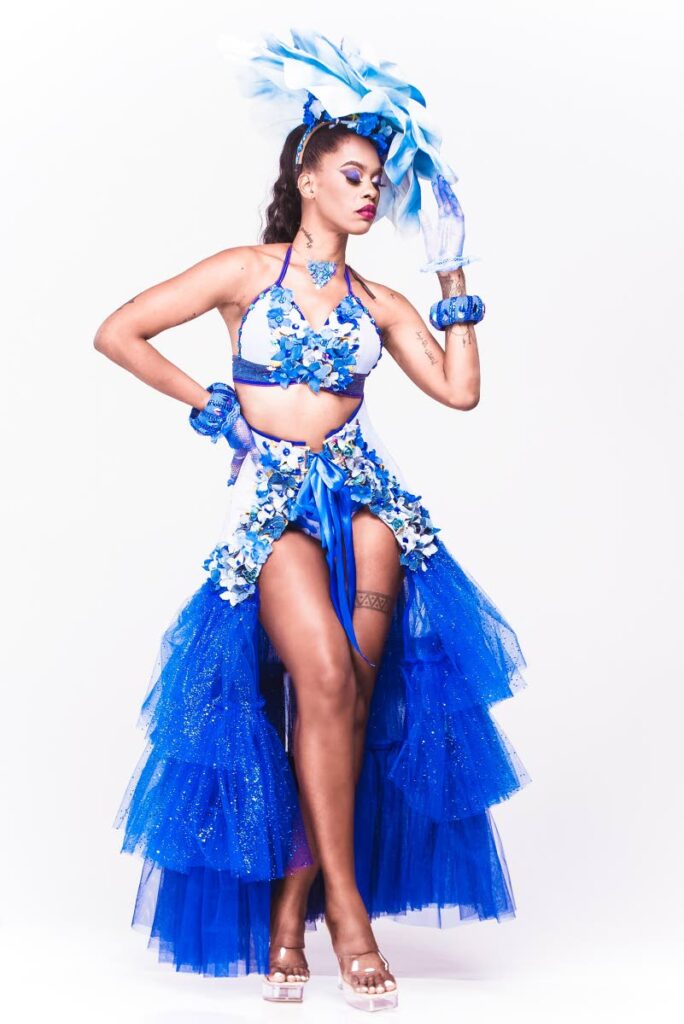
His first memories of mas are entwined with Desperadoes.
“I was born very close to Desperadoes Steel Orchestra. Pan and mas were synonymous then. As a boy my earliest memories are of Desperadoes and mas in the 1950s.”
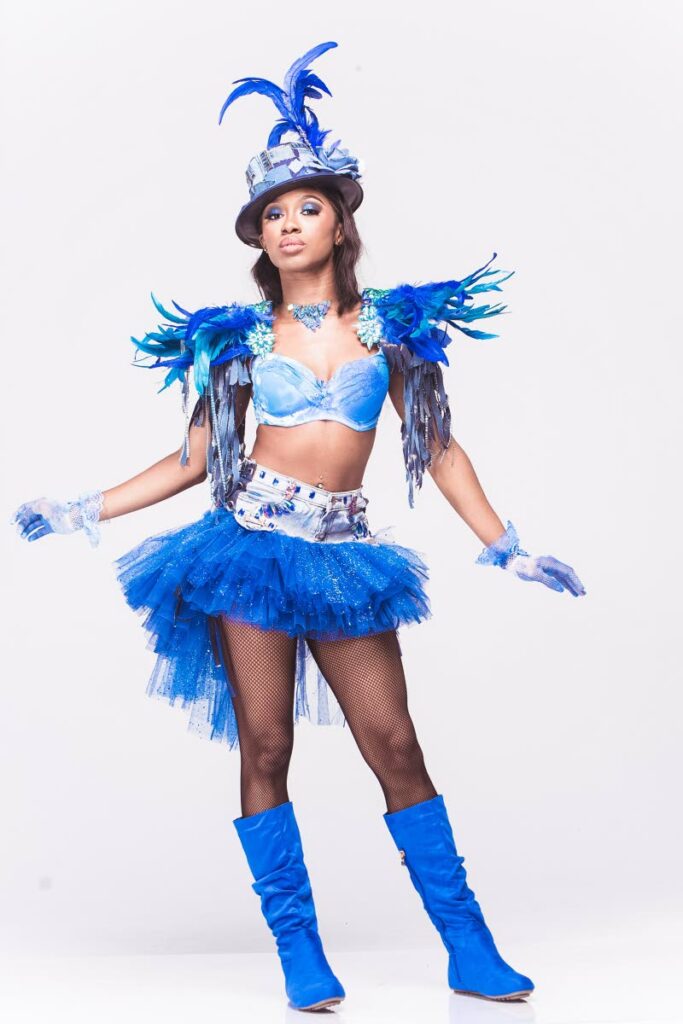
As he grew, he would go to the band’s evening practice sessions. Learning the Panorama tune was a little laborious, but he “found joy looking at the masmaking.”
Each night, Roberts saw “definite progress” in the costume’s development and it would then disappear, “only to reappear on Carnival day.”
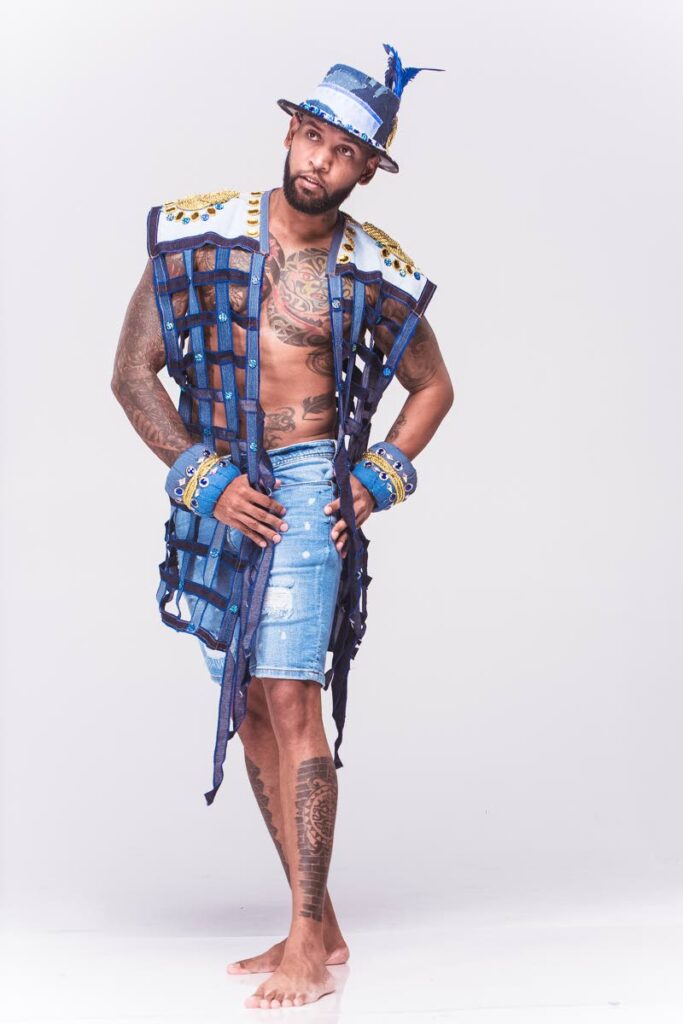
Roberts went to Queen’s Royal College, where he studied art at O and A-levels and then went on to the John Donaldson Technical Institute (now part of the University of Trinidad and Tobago). In 1977, he became an apprentice in the Zodiac mas camp, where his main tutor was the late Alwin Chow Lin On.
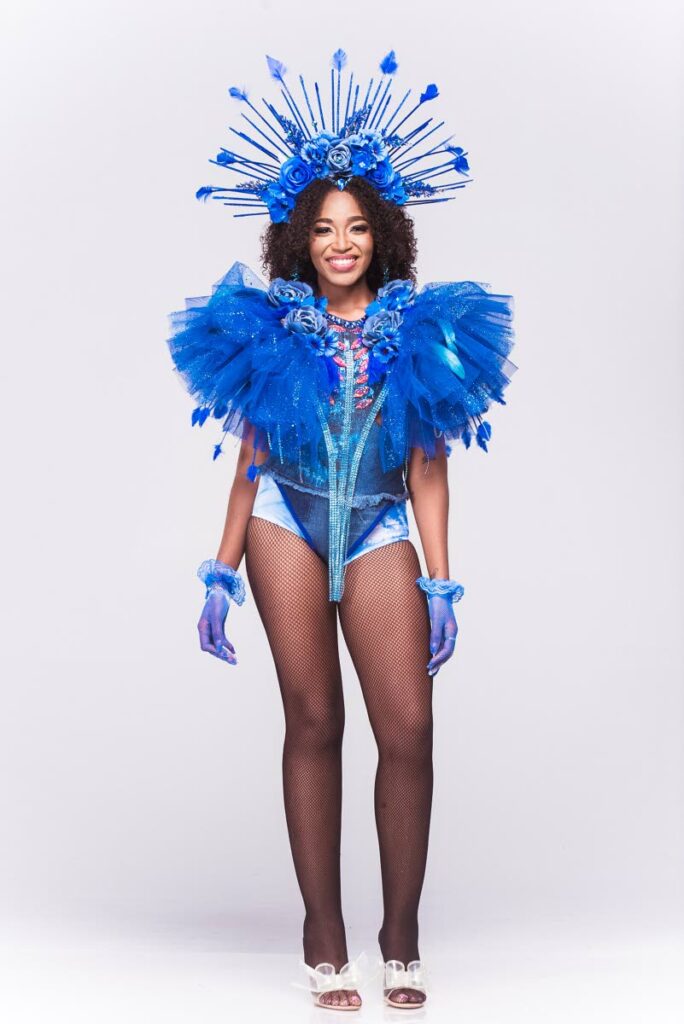
He was still at the technical institute in 1979 when he was asked to design Oaksville, which was then the largest J’Ouvert band coming out of Belmont. The band’s leader was Ralph Hoyte, who used the band’s costumes to make “pointed political statements” on domestic and world events like apartheid in South Africa, Roberts said.
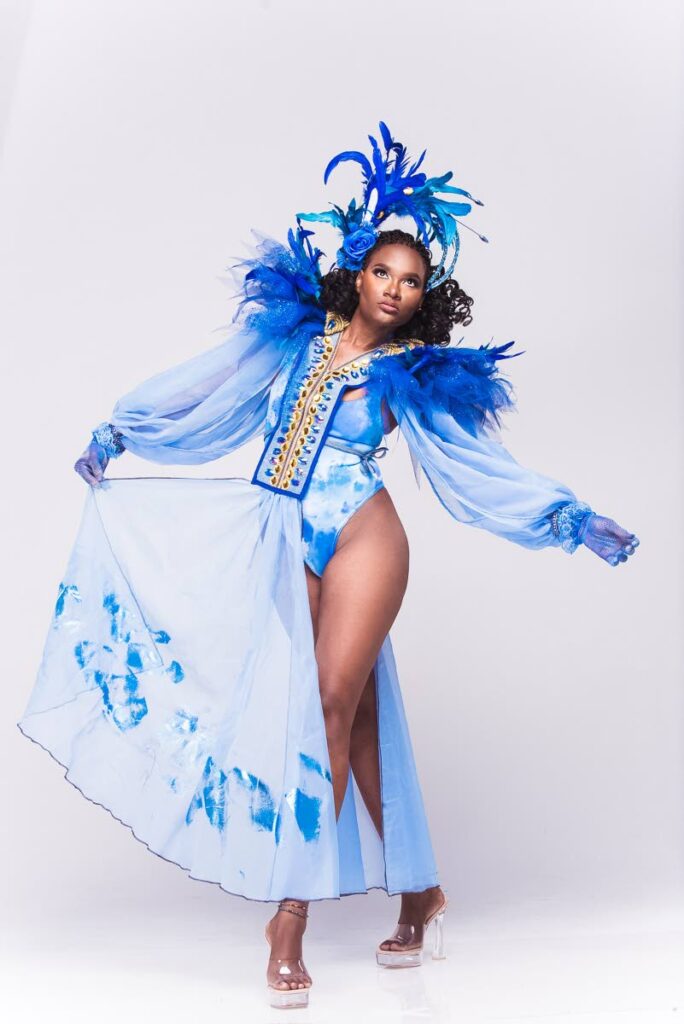
His elder brother Kenneth Roberts was also a masmaker for Desperadoes, and would work on the costumes at their home. Roberts was usually sent to bed while his brother worked on them, but would get up early to look at the costumes and see what had been done.
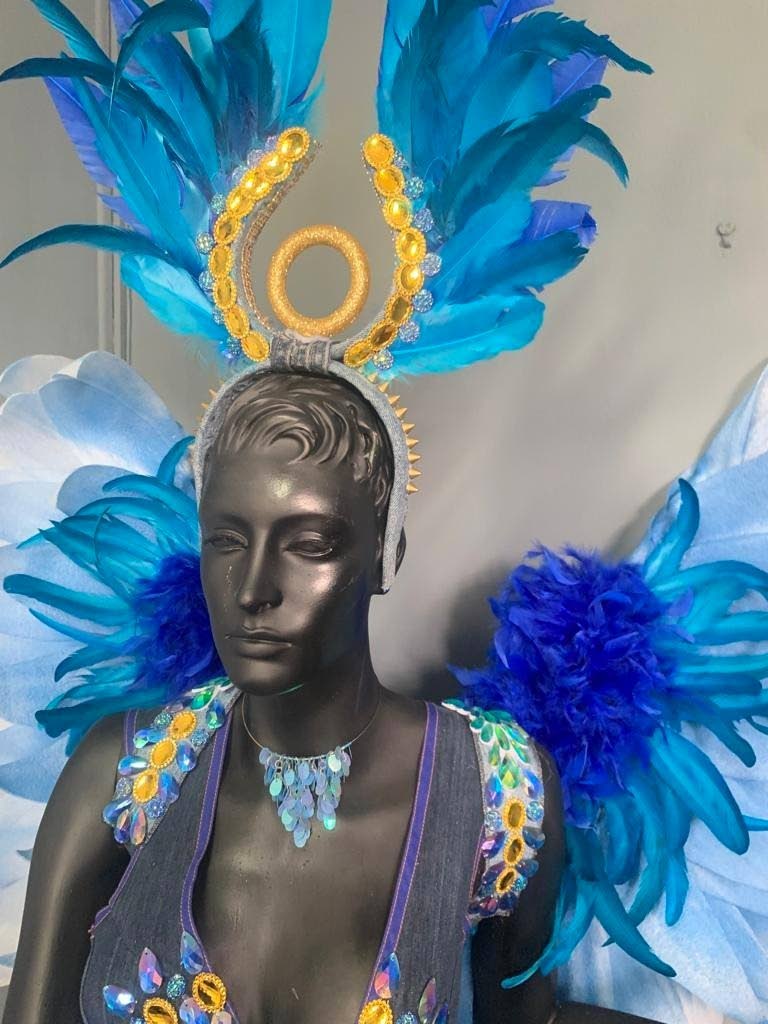
His father was a dockworker and later manager of the bar at the Seamen and Waterfront Workers Trade Union (SWWTU) Hall on Wrightson Road, Port of Spain. Sparrow had his tent there.
So as a boy, Roberts was immersed in pan, calypso and mas, he added.
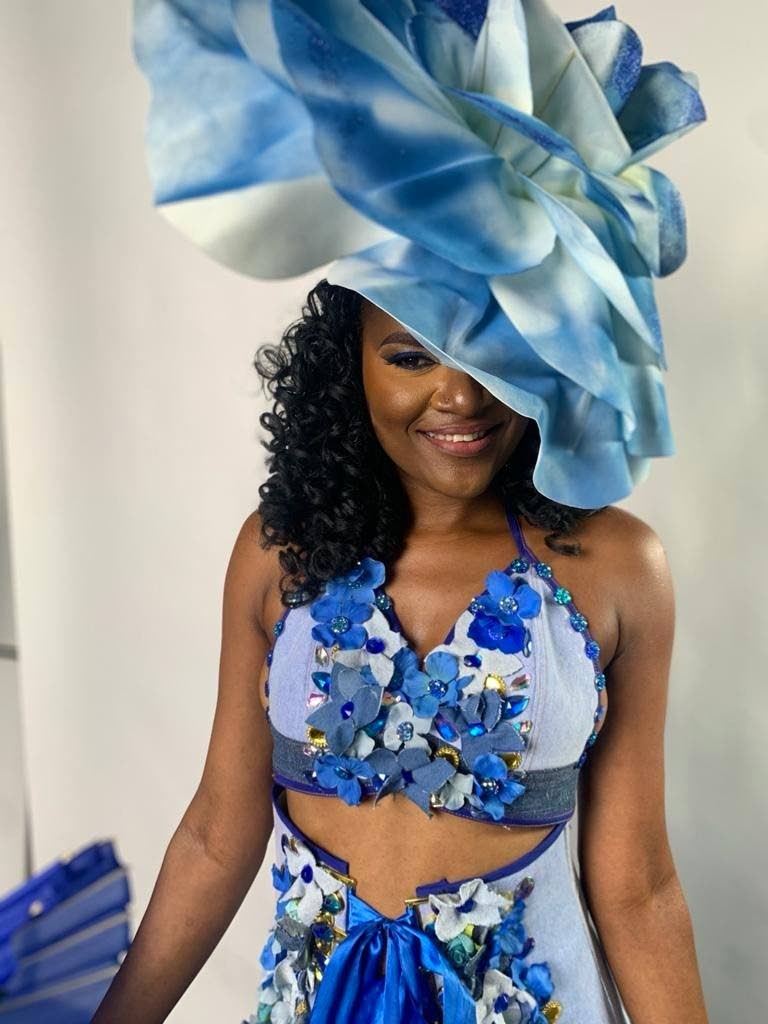
In 1980, he designed a band for Trinity Junior School, Know Your Counties. That band won small band of the year for schools in what was then the Carnival Development Committee’s (now the National Carnival Commission) competition.
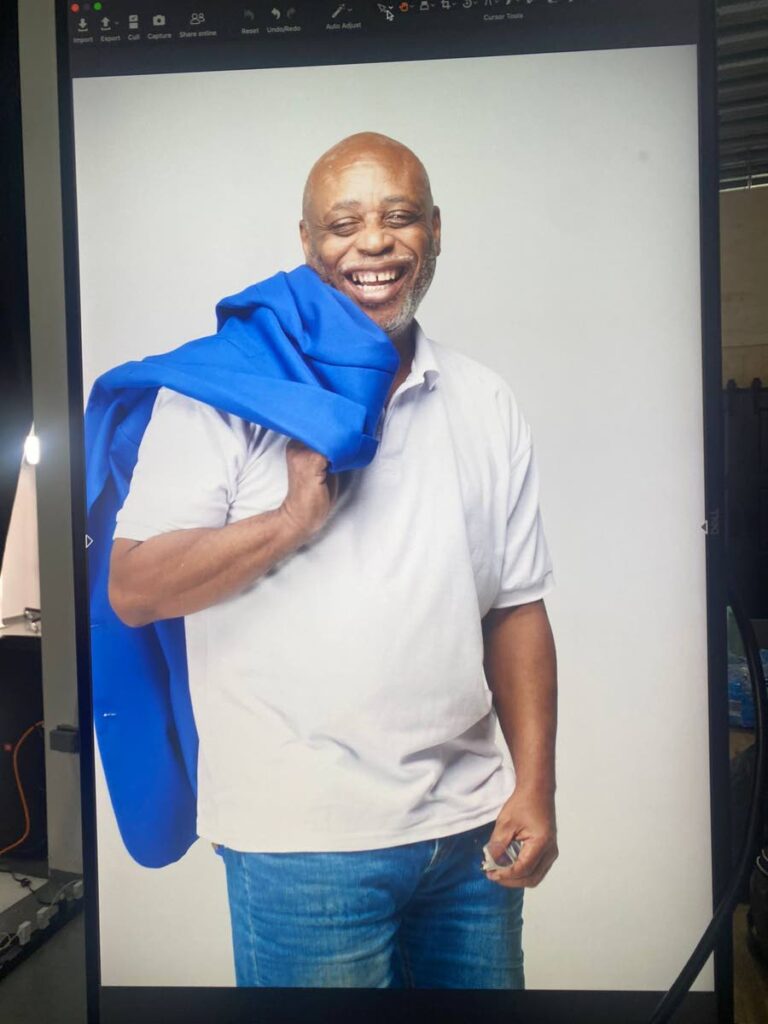
He worked for Oaksville and then Men of the Arena mas band – and for any band that wanted mas, he said.
In 1987, he created a band for his children, Trinity Carnival Foundation, which is still going today.
Roberts has designed Monday, children's and adults' mas. He started Image Nation in 2006 and is the band’s leader and artistic director.
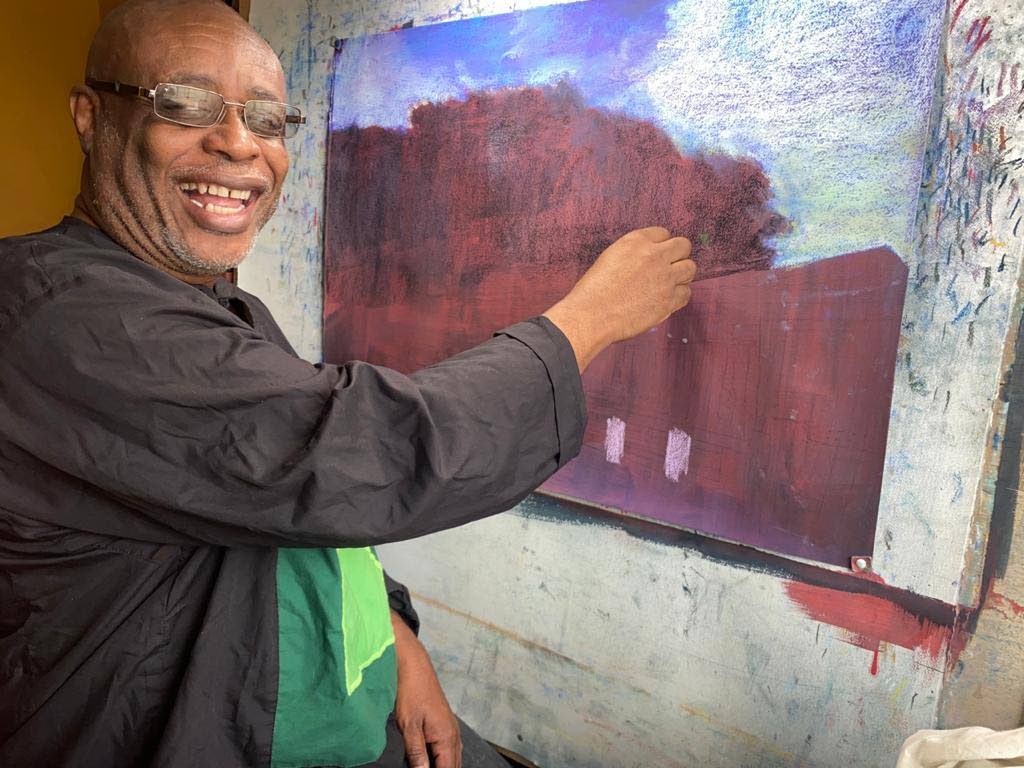
As mas and Carnival take a greater digital turn – with Tribe announcing it planned to use AI next year – Roberts said he believes the future of mas is synchronous with digital technologies and AI.
Roberts said all TT has is Carnival. It is embedded not only in the country’s cultural DNA but in the genetic makeup of every citizen.
He said he was involved in the largest carnival in Africa, in Calabar, Nigeria and designed costumes there and was also involved in carnival in South Africa, where he found out that wire bending was also a South African thing.
Wire bending machines have existed for a while, he said when told of the research that spoke of AI in mas production. He added that digital technologies for the Carnival product have existed for a while, but have become more computerised.
Newsday came upon research by computational design scholar and artist Dr Vernelle Noel, who has done research on AI, Carnival and Creativity and, from 2012-16, studied wire bending in TT, which led to a 2020 research paper titled Situated Computations: Bridging Craft and Computation in the Trinidad and Tobago Carnival.
Roberts said it did not make economic sense to invest in a machine that could “spit out however thousands of something in an hour or day” when you only need 200-300, or the need was seasonal.
He believes TT produces at least 70,000 costumes at both the adult and junior levels.
“That does not make economic sense to purchase even one machine that would do wire bending in TT.”
But Roberts said mas designers and leaders had to adapt to the changing world or the art would die.
He pointed out there was nowhere in TT for people to learn to design mas properly.
While UTT and UWI have programmes and units centred on Carnival, Roberts believed those to be largely theoretical.
In 2010, he tried to develop a mas academy that sought to bring “science and technology to mas.” That failed, he said.
“No one has made an effort since then to go back down that road.”
He added that TT has an acute shortage of welders for Carnival, and he was now speaking to people and organisations to arrange an accredited course to teach welding for Carnival.
As mas marches into the developing digital and AI world, Roberts believes there needs to be a meshing of craft with digitisation.
“A computer is just, let’s say, a pencil with a memory.”
As a designer, Roberts find it easier to work by hand, especially when it comes to colour variation, as opposed to doing it on a computer.
“Plus the computerised line, because it is still pixillated, it is not as smooth as how I can swing my hand, nor is it as quick,” he said.
When he designs something he likes, he goes to the digital process afterwards.
He said AI and digital programs could be used in designing king and queen costumes, but when it came to building them, that had to be manually done.
But Roberts believes TT stands to benefit from a marriage of craft and digitisation.
“You put the whole AI process into the design of it. Even pattern-making, there are programs that will show you how to maximise your cutting to ensure you save on material.
“These are the directions we need to go.”


Comments
"Patrick Roberts’ Jouvay mas a ballet on Trinidad and Tobago’s streets"